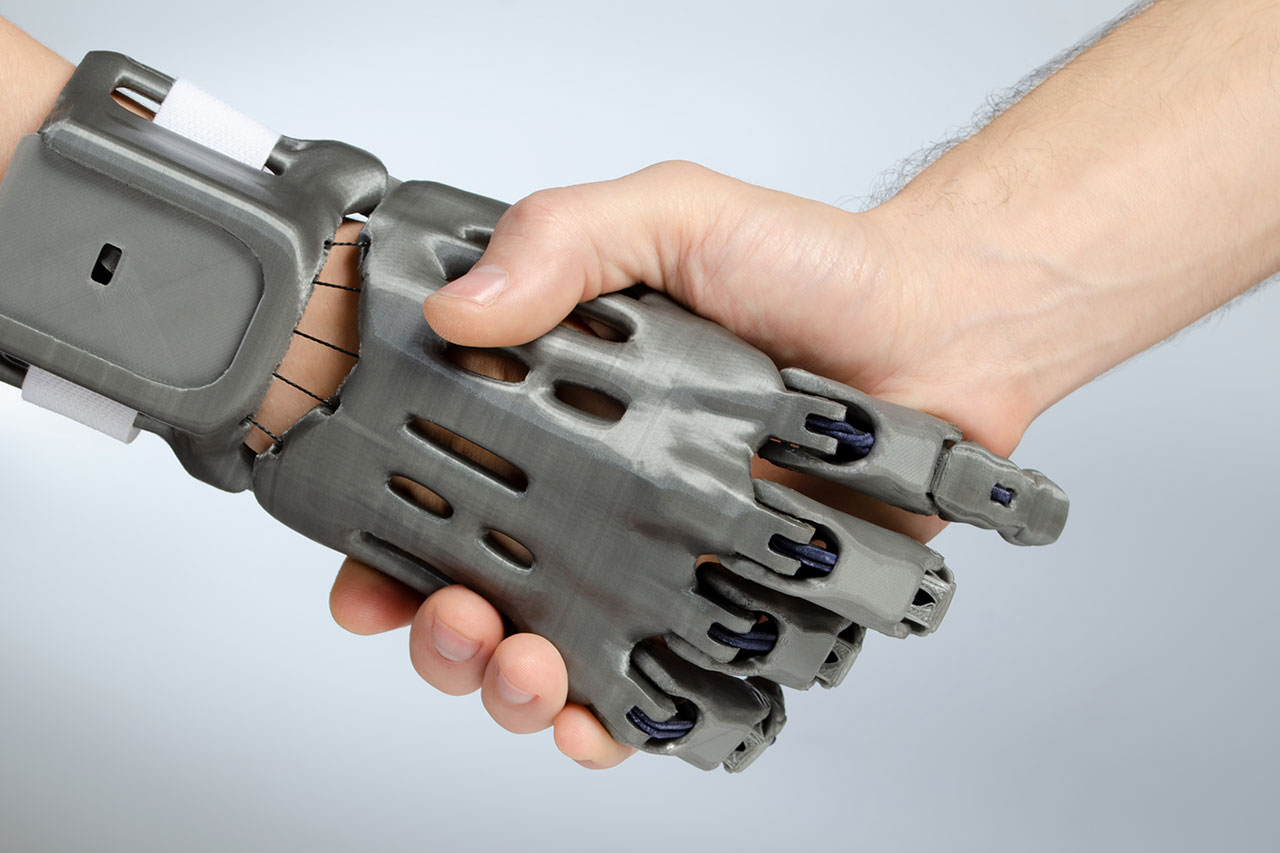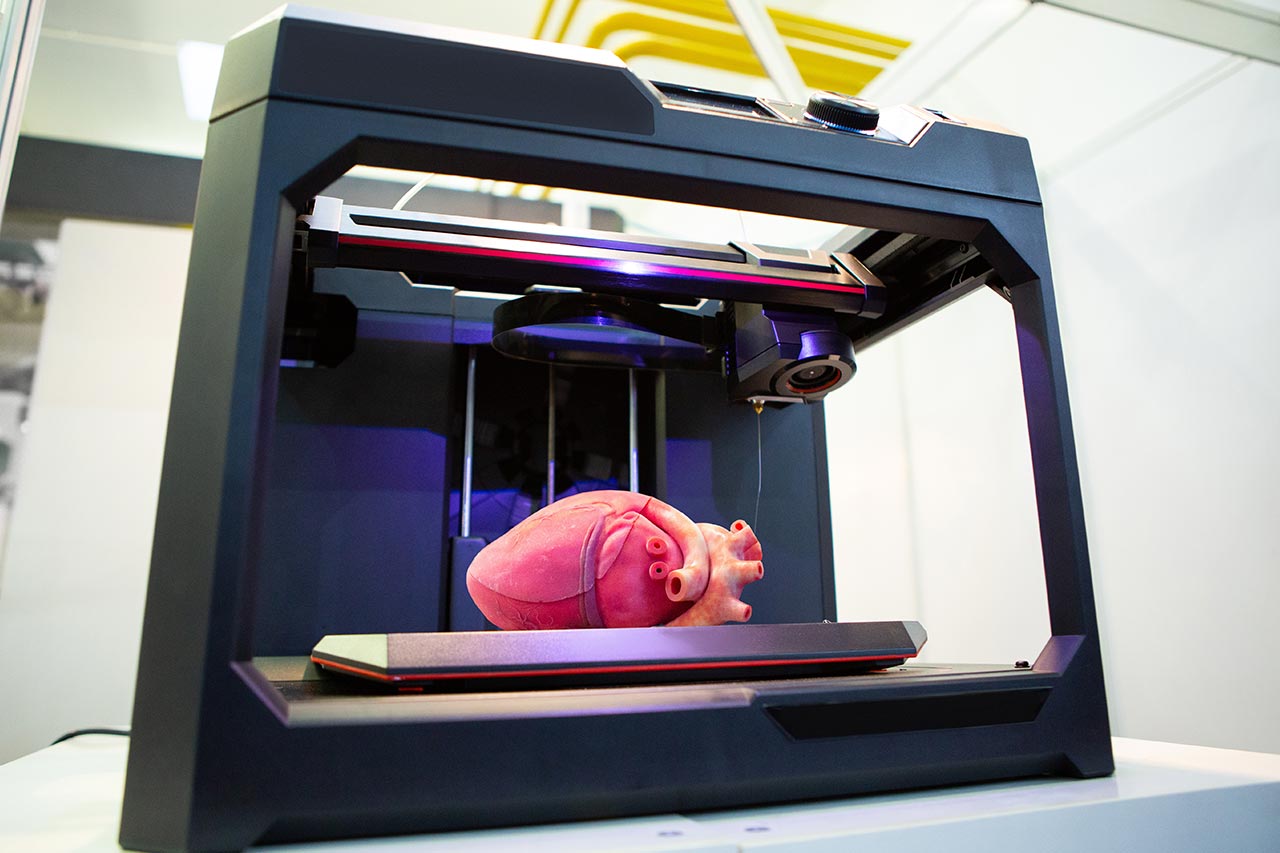Advantage n°1: enabling on-demand drug manufacturing
3D printing not only helps to improve access to healthcare by reducing pharmaceutical development times, it also offers the possibility of on-demand manufacturing. For example, rather than producing drugs in large factories, drugs can be manufactured in many different locations such as pharmacies or hospitals. This decentralization improves access to medicines because it can reduce patient wait times for certain medications (e.g. for rare diseases where production facilities may be limited) and can also reduce transportation costs. In addition, this technology allows drug production to occur only when needed. When applied to drugs with short shelf lives and low stability, such as heat-sensitive vaccines or anti-cancer drugs, 3D printing greatly limits waste.
Advantage n°2: accelerate clinical trials and reduce development costs
Using 3D printing technology, it would be possible to rapidly produce numerous batches of pills with different formulations for in vitro, preclinical or clinical trials. This would accelerate the identification of key parameters influencing drug efficacy and safety. Compared with traditional production techniques, 3D printing of drugs could therefore enable essential data to be collected earlier in the drug development process, speeding up entry into and completion of clinical trials, and reducing development time and costs.
Advantage n°3: facilitating the development of personalized treatments
3D printing of medicines is a stepping stone towards access to personalized treatment. This technology will make it possible to reduce polymedication and personalize tablets in terms of shape, dosage and delivery of the active ingredient.
Reducing polymedication
A patient who takes several tablets every day, suffering from several health problems, could, thanks to 3D printing, take just one pill, containing the various active ingredients needed for his or her treatment. Polymedication is a widespread phenomenon, for example in France alone, polymedication concerns almost half the population over age 75. The combination of several active ingredients, at personalized dosages and in a single pill, would be a particularly suitable alternative, enabling a reduction in the number of medications taken, at adapted dosages.
Adapting the release rate of the active ingredient
The specific compartmentalization of active ingredients in a single tablet may also enable tablets with different delivery profiles to be obtained, with release rates adapted to the patient’s indications and needs. Numerous studies have linked drug geometry to the release kinetics of an active ingredient, and 3D printing is a means of testing different pill geometries to personalize the release rate of an active ingredient.
Tailoring drug dosage
3D printing technologies can also be used to produce personalized drugs for patients who require a specific dosage due to their weight, size or medical condition. This is particularly the case for certain patient groups, including geriatric and pediatric populations, who frequently require their treatment to be adapted due to changes in their physiological and/or metabolic functions.
Adapting tablet shape
Finally, it is also possible to adapt the size and shape of tablets, and thus make it easier for people with limited swallowing ability, for example, to take their treatment. Geriatric and pediatric populations are populations who often require such an adaptation of their treatments.
These advances will improve compliance, enhance treatment efficacy and reduce side effects, by reducing the number of doses taken and medication errors.
Discover how to develop new therapeutic approaches in personalized medicine >
3D printing of medicines sparks new partnerships
Pharmaceutical companies are increasingly involved in tests of 3D printed drugs, usually through partnerships with hospitals or companies specializing in 3D printing. For example, Sanofi has been testing 3D printed drugs for several years, in close collaboration with the Nîmes University Hospital. Their aim is to implement 3D technologies in hospitals, in order to respond directly to patient requests. A second example is Merck, which partnered in 2020 with AMCM, a provider of customized additive manufacturing solutions. The primary objective of this partnership is the development and production of GMP-compliant drug formulations for clinical trials, and the secondary objective is the development of an application to commercial production services.
3D printing medicines has many advantages, including improved access to care, reduced waste and, above all, personalized treatment. The use of this technology in the pharmaceutical field is still in its infancy, and many challenges still need to be met, such as establishing a regulatory framework, considering the means of production, which remain costly to date, and defining quality control techniques for 3D printed drugs. Alcimed can support your projects in these areas. Don’t hesitate to contact our team!
About the author,
Marie-Zoé, Consultant in the Alcimed’s healthcare team in France
Xiaolin, Director of production in the Alcimed’s healthcare team in France



